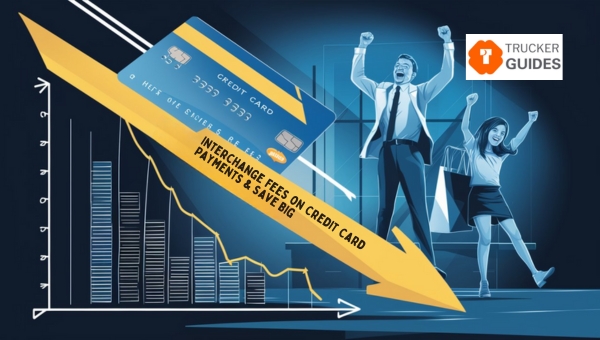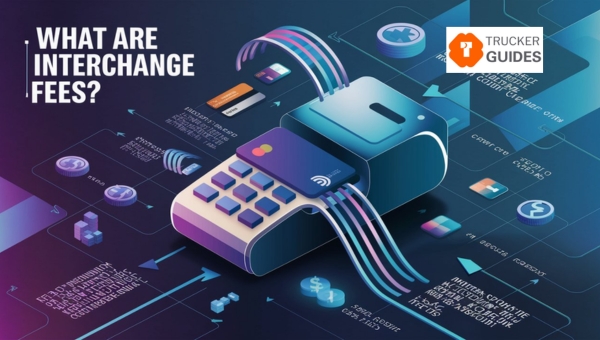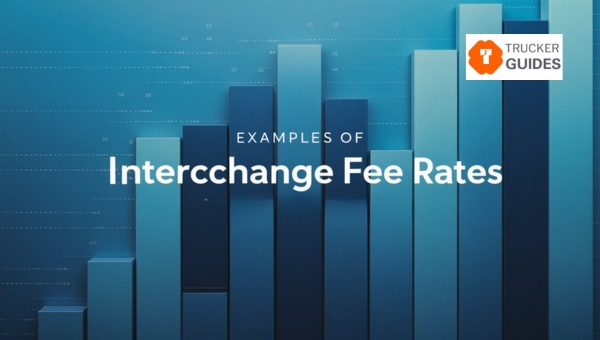Interchange Fees on Credit Card Payments & Save Big


Interchange fees on credit card payments can feel overwhelming. But don’t worry, I’ve got you covered! In this article, we’ll dive into what interchange fees are, how they work, and the key factors that affect them.
By the end, you’ll have a clear understanding of these fees and their impact on your transactions. Let’s embark on this journey together and unravel the mystery of interchange fees.
Interchange fees are the charges that merchants must pay to banks whenever customers use credit or debit cards for their purchases. These fees are established by payment networks like Visa and Mastercard. Typically, interchange fees are around 2% of the transaction amount.

But why do they exist? Well, these fees cover several critical aspects of card transactions. They help with processing costs, fraud prevention, and managing the credit risk associated with card payments.
For instance, if you buy something for $100 using a credit card, the merchant might end up paying $2 as the interchange fee, leaving them with $98.
Also Read: 16 Bookkeeping Tips for Your Business Every Owner Needs
The factors that influence interchange fees can help merchants better manage their costs. Various elements play a role in determining these fees, and they can vary widely depending on specific circumstances.

Let’s dive into some of the key factors that can impact interchange fees for credit card payments.
One of the primary distinctions in interchange fees comes from whether a transaction is card-present or card-not-present. Card-present transactions occur when the physical card is used at the point of sale, such as swiping or dipping the card in a terminal.
These transactions usually incur lower fees because they are perceived as less risky due to the physical presence of the card.
On the other hand, card-not-present transactions happen when the card is not physically present, such as in online purchases or over-the-phone payments.
Interchange fees also differ significantly between credit and debit card transactions. Credit card transactions usually come with higher fees. This is because credit cards often have more associated risks for the card issuer, including the potential for non-payment by the cardholder and the costs of offering rewards programs.
Conversely, debit card transactions tend to have lower interchange fees. The lower risk associated with debit cards, where funds are directly deducted from the customer’s bank account, contributes to this difference.
The Merchant Category Code (MCC) assigned to a business can also affect interchange fees. MCCs are four-digit numbers used by credit card networks to classify businesses by the type of goods or services they provide.
Different industries have varying levels of risk and transaction volumes, which influence the interchange fees set by card networks.
For instance, merchants in high-risk categories, such as travel or gambling, may face higher fees compared to those in low-risk categories like groceries or utilities.
Also Read: 8 Best Short-Term Business Loans
The use of reward cards can also influence interchange fees. Reward cards, which offer benefits like cashback, points, or travel miles to cardholders, usually come with higher interchange fees. This is because the costs of the rewards programs are partly funded by these fees.
Merchants accepting a lot of reward cards may find themselves paying more in interchange fees. However, offering the option to pay with reward cards can attract customers looking to maximize their benefits, potentially increasing sales.
Geographical location is another factor that affects interchange fees. Different regions have varying fee structures due to local regulations and market conditions. For example, fees may be capped in some regions, while others may have higher fees due to less regulatory oversight.
Merchants operating in multiple regions need to be mindful of these differences. Local interchange fee regulations can significantly impact the overall cost of accepting card payments, making it essential to stay informed about regional variations.
Also Read: Merritt Bookkeeping Review
Here are the average credit card interchange rates for the major card networks:

| Card Type > Purchase Type | Visa Signature Preferred / Visa Infinite | Visa Signature / Visa Infinite | Traditional Rewards Cards | All Other Card Products |
|---|---|---|---|---|
| Supermarket | 2.00% plus 7 cents | 1.65% plus 7 cents | 1.65% plus 7 cents | 1.50% plus 7 cents |
| Services > $100 | 2.30% plus 10 cents | 1.85% plus 10 cents | 1.70% plus 10 cents | 1.55% plus 10 cents |
| Travel | 2.40% plus 10 cents | 2.25% plus 10 cents | 1.95% plus 10 cents | 1.75% plus 10 cents |
| Product – Small Merchant Sale | 2.18% plus 10 cents | 1.73% plus 10 cents | 1.73% plus 10 cents | 1.58% plus 10 cents |
Interchange fees on credit card payments are vital to understanding the costs associated with card transactions. These fees cover processing expenses, fraud prevention, and credit risks, impacting both merchants and consumers.
By knowing how interchange fees work and the factors that affect them, businesses can better manage their finances and offer competitive pricing.